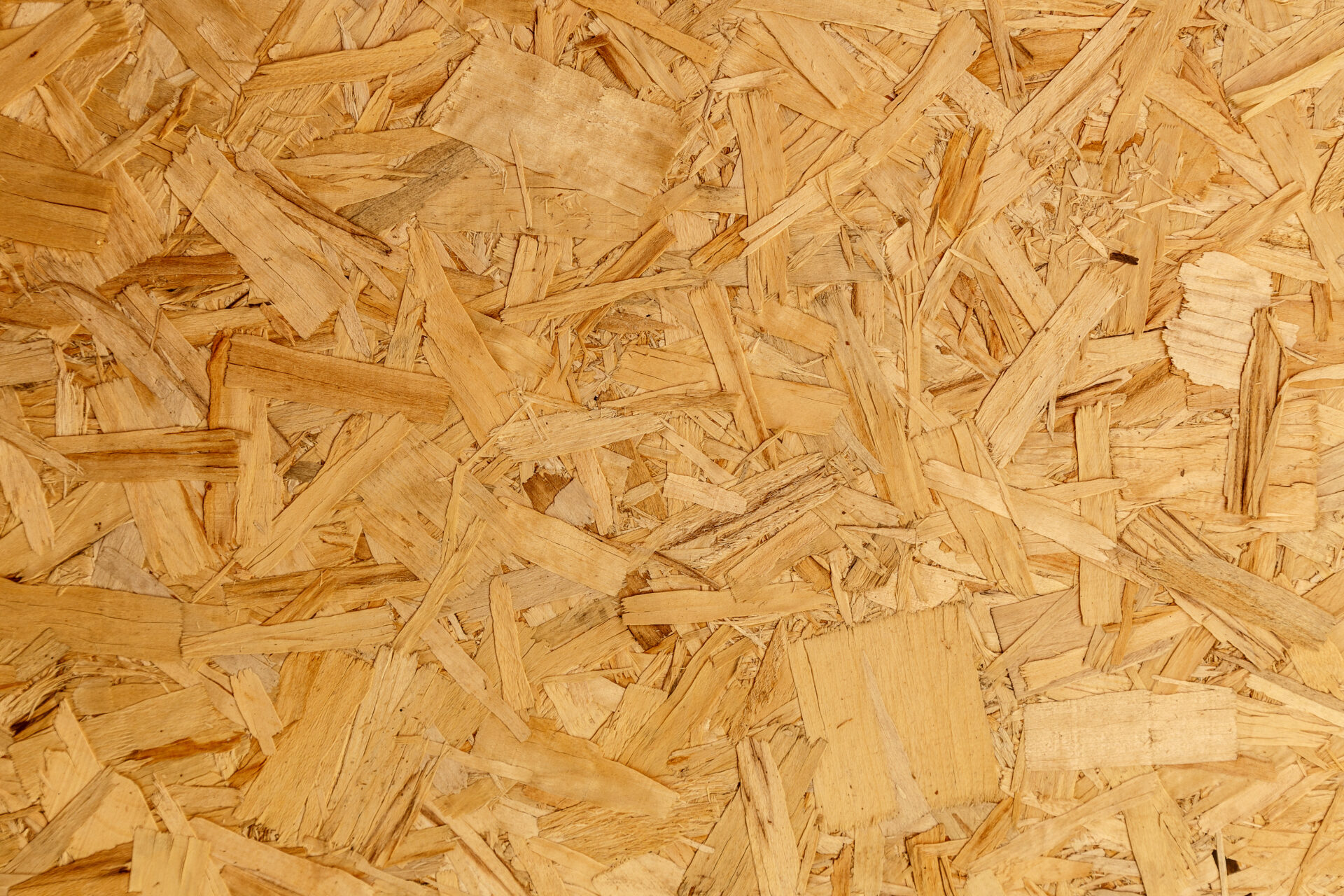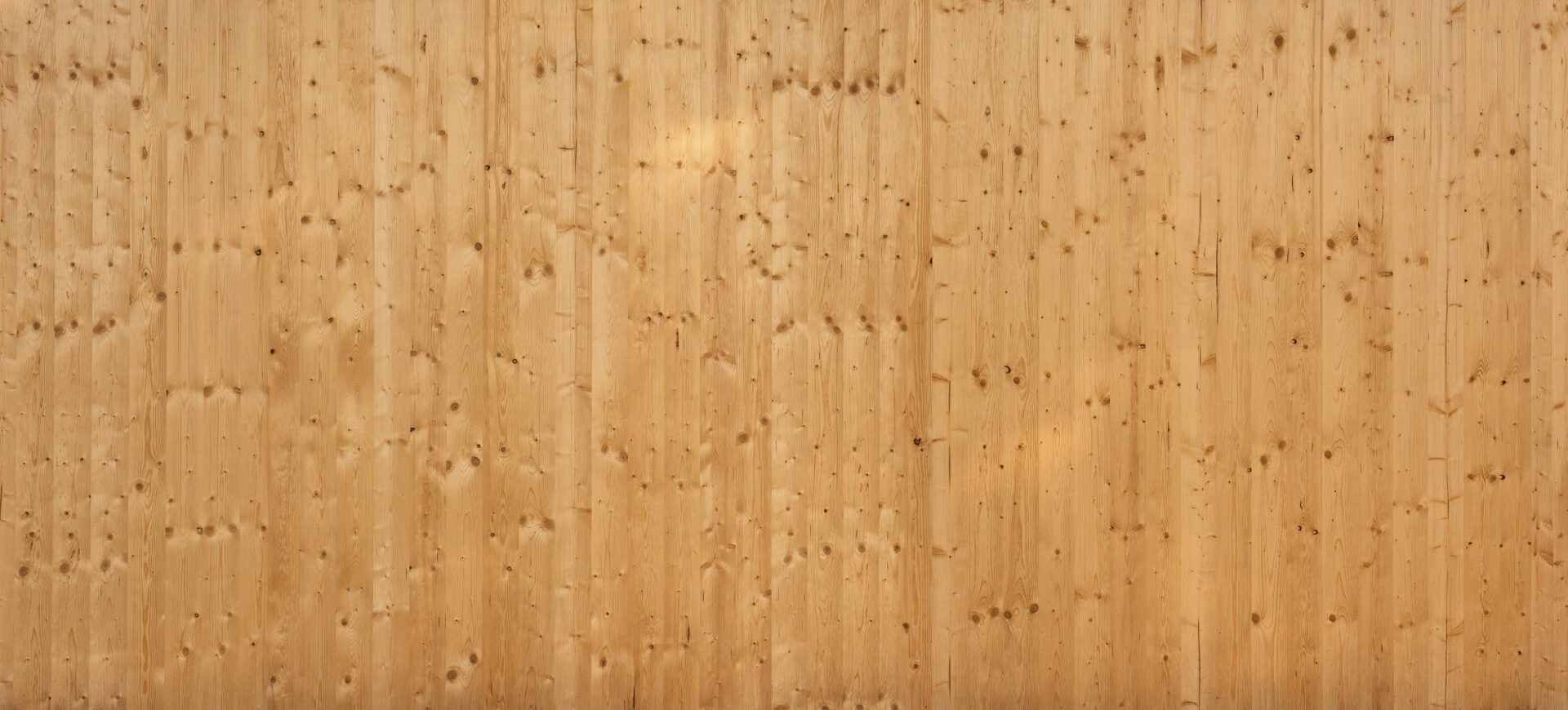
Premium Types of Engineered Wood Products for Construction & Marine Projects
What is Engineered Wood?
Engineered wood, also known as mass timber, composite wood, artificial wood, or manufactured board, is a range of derivative wood products made by binding or fixing wood strands, particles, fibers, or veneers together with adhesives or other methods of fixation. These products are engineered to precise design specifications, ensuring uniformity and predictability in their structural performance.
Engineered wood is composed of various wood species, including hardwoods and softwoods, which are used to manufacture lumber. Sawmill scraps and wood waste can be utilized for engineered wood composed of wood particles or fibers.
At Harbor Exports, we are proud to carry high-quality engineered wood products designed to meet the rigorous demands of construction, cabinetry, furniture making, flooring, and marine applications—shipped worldwide!
Advantages of Engineered Wood Products
Engineered wood products are designed to be durable, cost-effective, and sustainable. Here’s why builders and industry professionals prefer them.
Cost-Effective Compared to Solid or Wood Pulp
Superior Strength & Stability
Versatile Applications
Eco-Friendly
Weather Resistant
Consistent Quality
Large Wood Panel Sizes

Plywood
Plywood is one of the most commonly used types of engineered wood due to its versatility and durability. It is made by layering thin sheets of wood veneer, which are bonded together with strong adhesives. The cross-grain patterning of the veneers enhances its resistance to cracking, shrinking, and warping.
- Multi-layered veneer structure for enhanced strength and flexibility
- Ideal for wall and roof sheathing, flooring, cabinetry, and furniture
- Available in multiple thicknesses and grades

Oriented Strand Board (OSB)
OSB is engineered by compressing thin layers of wood strands together with adhesives, creating a strong and durable material that rivals traditional plywood. It is widely used in residential and commercial construction, particularly for subfloors, walls, and roofs. OSB panels offer superior load-bearing capacity, making them an ideal solution for modern building applications.
- Strong, cost-effective alternative to plywood
- Best for subflooring, wall and roof sheathing, and industrial packaging
- Resistant to moisture and warping

Medium Density Fiberboard (MDF)
MDF is a popular choice for manufacturers and builders due to its fine texture and uniform density. Unlike solid wood, MDF has no knots or grain patterns, making it ideal for painting and veneering. MDF also performs well in reducing sound transmission in office spaces and entertainment rooms.
- Smooth surface for easy cutting and finishing
- Perfect for cabinetry, interior doors, acoustic paneling, and decorative molding
- High durability and workability

Laminated Veneer Lumber (LVL)
LVL is a high-performance engineered wood made from multiple layers of thin wood veneers bonded together under high pressure. This manufacturing process enhances its strength, stability, and resistance to moisture and warping, making it a superior alternative to traditional solid lumber.
- Engineered for superior strength in load-bearing structures
- Commonly used in beams, headers, structural framing, and rim boards
- High resistance to splitting and shrinking

Particleboard
Particleboard is a lightweight, cost-effective engineered wood product made from compressed wood particles. It is an excellent choice for budget-friendly furniture and interior applications. When laminated or veneered, particleboard can mimic the appearance of real wood while maintaining affordability and durability.
- Affordable alternative for non-structural applications
- Best for office furniture, cabinet interiors, and flooring underlayment
- Smooth surface for veneer application

Cross-Laminated Timber (CLT)
CLT is a revolutionary material in the construction industry, offering structural integrity comparable to concrete and steel but with a significantly lower carbon footprint. It is particularly favored in mass timber construction, commercial buildings, and prefabricated homes.
- Highly durable and fire-resistant
- Ideal for walls, floors, and modular housing
- Excellent for eco-friendly and sustainable construction

Glued Laminated Timber (Glulam)
Glulam is an attractive and durable engineered wood option used for structural applications. Its ability to be shaped into curved or custom forms makes it a favorite in modern architectural design.
- Perfect for architectural beams, curved structures, and bridges
- High load-bearing capacity with aesthetic appeal
- Resistant to moisture and environmental wear


Construction Supply Imports Made Easy
Questions about supplies? Ready for a quote? Give us a call or send us an email and a member of our team will reach out to you immediately. Our customer service is as superior as our supplies.